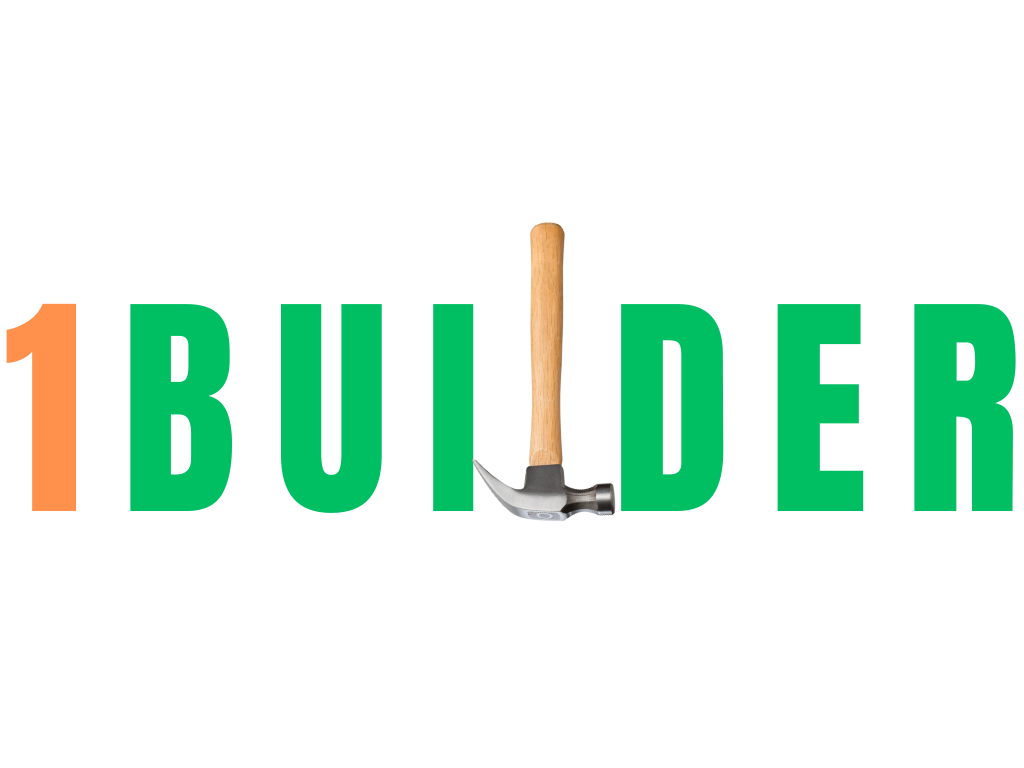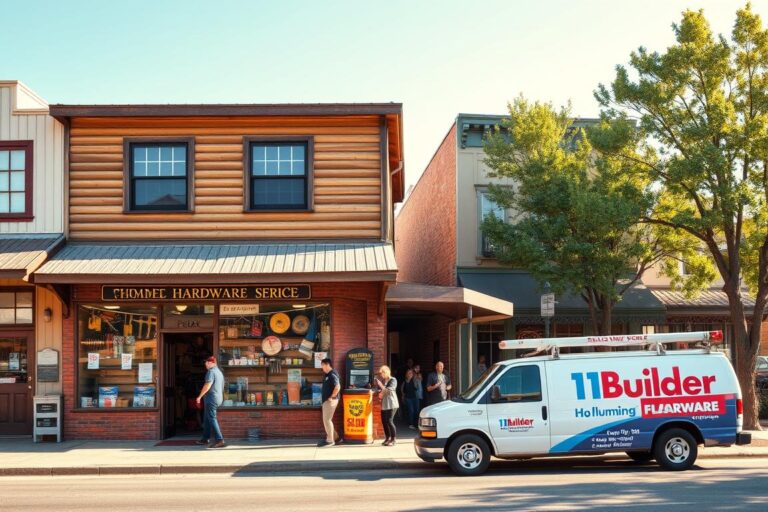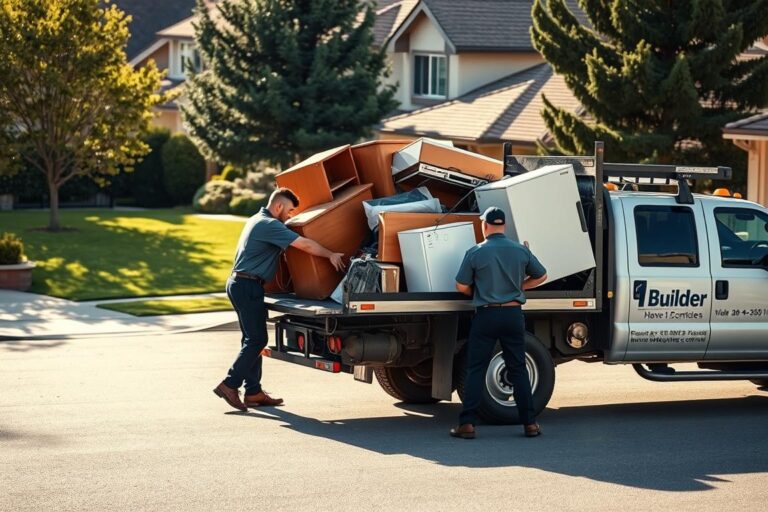Are you aware of the critical role defensible space plays in protecting your home from wildfires in Placerville, CA? As a homeowner in a high-risk wildfire zone, understanding and implementing the necessary defensible space requirements is crucial for safeguarding your property and community.
El Dorado County has specific guidelines to mitigate wildfire risks, including maintaining a 100-foot defensible space around structures, as mandated by state law. For detailed information, you can refer to the guidelines outlined by the City of, which provide comprehensive insights into vegetation management and compliance.
Key Takeaways
- Maintaining a 100-foot defensible space around structures is state law.
- El Dorado County’s Vegetation Management and Defensible Space Ordinance provides specific guidelines.
- Proper defensible space reduces wildfire risk and improves firefighter safety.
- Documentation of compliance is required during property sales in High or Very High Fire Hazard Severity zones.
- Strategic landscaping can reduce fire risk while maintaining property aesthetics.
Understanding Defensible Space in Placerville’s Wildfire Zone
In Placerville’s wildfire-prone areas, understanding defensible space is crucial for homeowners. We need to take proactive steps to protect our properties and communities from the ever-present threat of wildfires.
What is Defensible Space and Why It Matters
Defensible space refers to the buffer zone created around structures by removing or modifying vegetation and other combustible materials. This concept is particularly crucial in Placerville and El Dorado County, where the topography, climate, and vegetation create high wildfire vulnerability. By maintaining a properly defended space, homeowners can significantly increase their property’s chances of surviving a wildfire.
As Board of Supervisors has emphasized, the goal is to create fire-safe communities through cooperation and education. Defensible space inspections help property owners understand what they need to do to be fire-safe.
El Dorado County’s Vegetation Management and Defensible Space Ordinance
El Dorado County’s Vegetation Management and Defensible Space Ordinance, adopted in 2019 and amended in 2020, provides specific guidelines for creating and maintaining this protective buffer zone. The ordinance focuses on education and voluntary compliance rather than punitive measures. It aims to help property owners understand how to effectively protect their homes and communities.
| Key Components | Description |
|---|---|
| Buffer Zone | Area around structures cleared of combustible materials |
| Vegetation Management | Strategic removal or modification of vegetation to reduce fire risk |
| Compliance | Voluntary compliance through education and outreach |
By understanding and implementing these regulations, Placerville residents can contribute to the overall wildfire safety and resilience of their community.
Defensible Space Requirements Placerville CA Wildfire Zone: Legal Obligations
The legal obligations for defensible space in Placerville, CA, are designed to protect both individual properties and the community. As a property owner in a high-risk wildfire zone, it’s essential to understand these requirements to ensure compliance and contribute to the overall fire safety of the area.
State Law Requirements for 100-ft Defensible Space
California state law mandates a 100-foot defensible space zone around all structures in high fire-risk areas. This requirement is not optional but a legal necessity for property owners in Placerville and El Dorado County. The 100-foot defensible space is crucial for reducing the risk of wildfires spreading to or from your property.
Documentation Requirements for Property Sales (AB38)
Assembly Bill 38 (AB38), effective July 1, 2021, requires sellers of properties in High or Very High Fire Hazard Severity Zones to provide documentation to buyers confirming that the property meets defensible space requirements. This documentation is a critical step in the property sales process, ensuring that buyers are aware of the property’s compliance status.
The “Good Neighbor Policy” and Shared Responsibility
El Dorado County’s “Good Neighbor Policy” emphasizes the shared responsibility between adjacent property owners when the required 100-foot defensible space extends beyond property lines. This policy encourages cooperation among neighbors to maintain a fire-safe community. By working together, property owners can ensure that their collective efforts enhance the overall fire protection in the area.
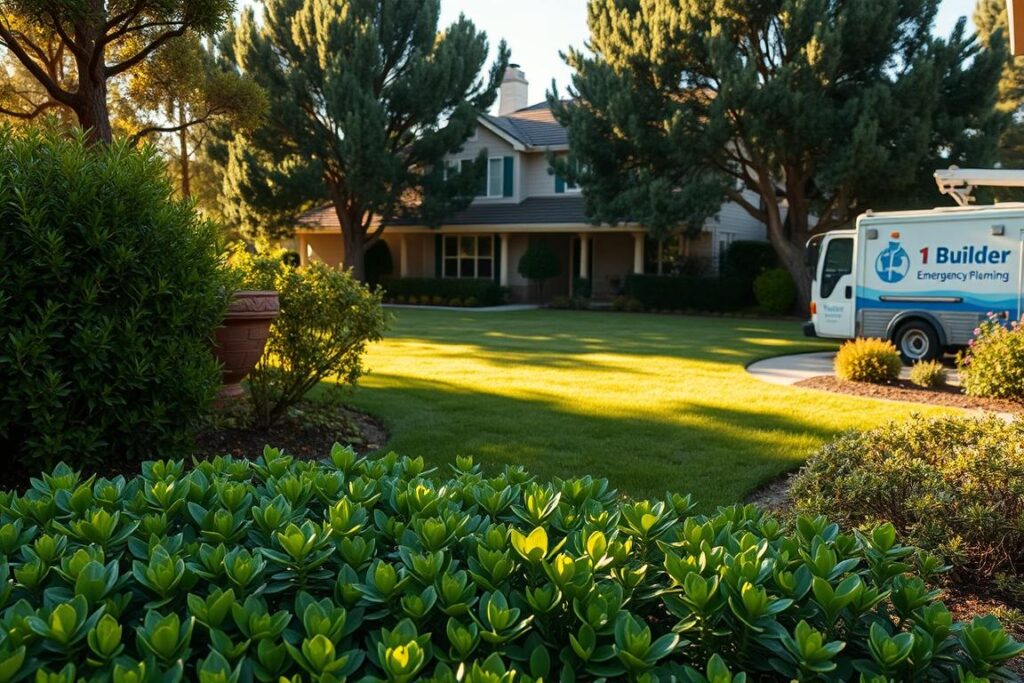
Understanding and adhering to these legal obligations not only protects your investment but also contributes to the wildfire resilience of the Placerville community. By maintaining the required defensible space and cooperating with neighbors, property owners play a vital role in preventing wildfires and ensuring a safer community.
Implementing Defensible Space on Your Property
Effective wildfire protection starts with implementing defensible space on your property, a measure that can make all the difference. Defensible space is not just a recommendation; it’s a crucial step in safeguarding your home and the surrounding environment from the threat of wildfires.
Zone 1: 0-30 Feet from Structures
Zone 1, the area immediately surrounding your home or structure (0-30 feet), requires the most intensive vegetation management. This includes removing dead vegetation, keeping tree branches trimmed at least 10 feet from other trees and structures, and maintaining appropriate spacing between plants. It’s also crucial to remove or relocate combustible materials such as woodpiles, propane tanks, and flammable patio furniture.
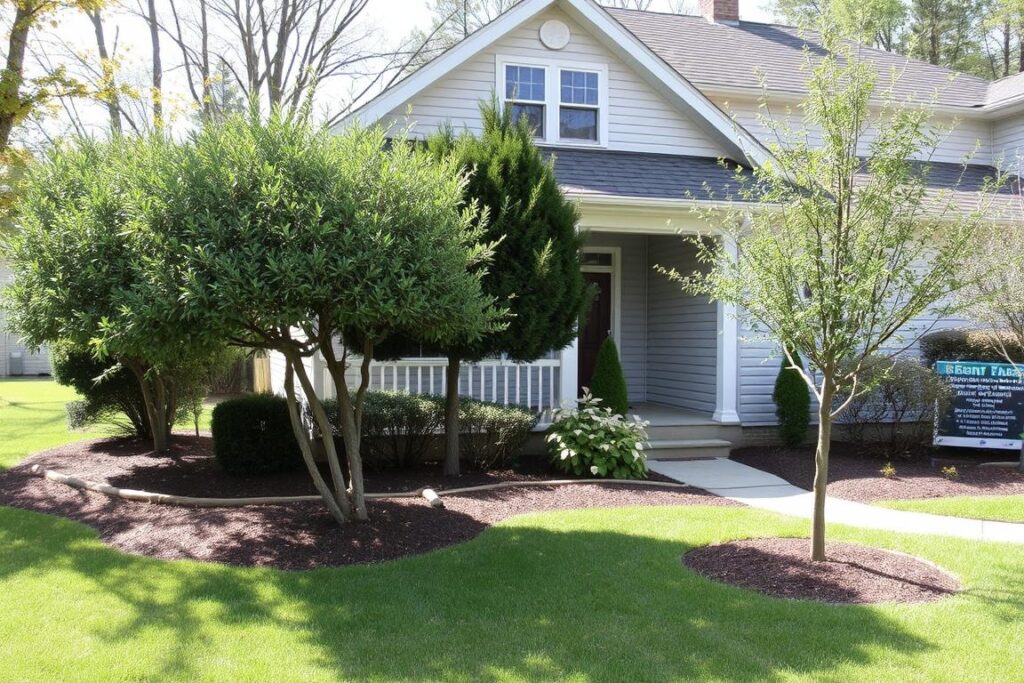
Zone 2: 30-100 Feet from Structures
In Zone 2, which extends from 30 to 100 feet around your structures, the focus is on reducing fuel continuity. This involves creating horizontal and vertical spacing between vegetation, cutting or mowing annual grass to a maximum height of 4 inches, and removing fallen leaves, needles, twigs, bark, cones, and small branches. These measures help in reducing the risk of fire spreading to your home.
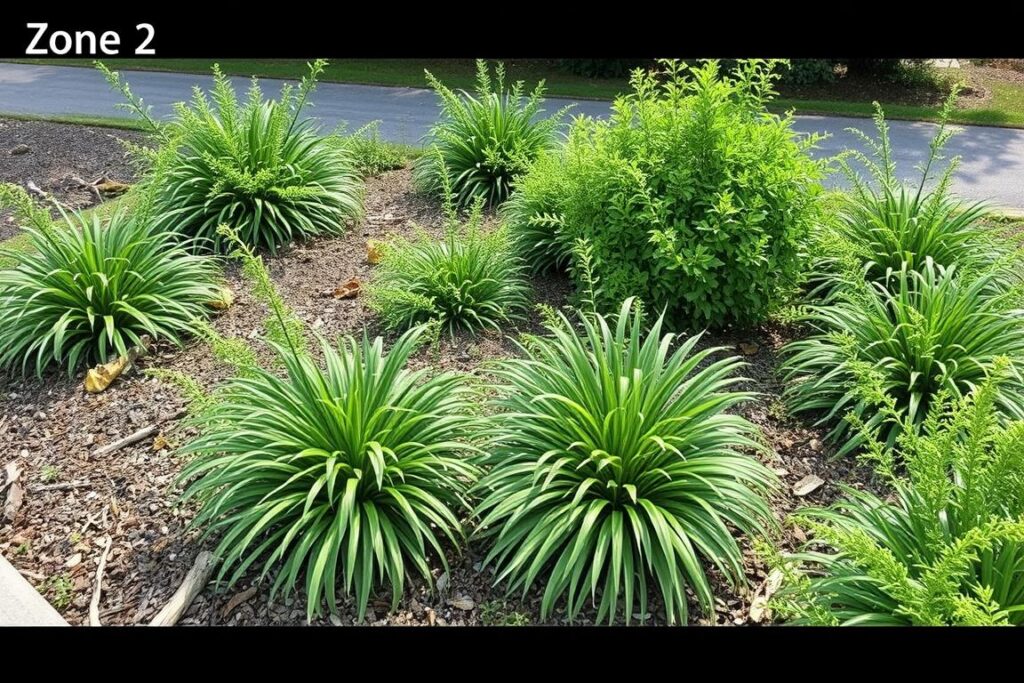
Common Misconceptions: Strategic Landscaping vs. “Moonscaping”
A common misconception about defensible space is that it requires “moonscaping” or removing all vegetation. In reality, it’s about strategic landscaping that reduces fire risk while maintaining the natural beauty of your property. By incorporating fire-resistant native plants, decorative hardscaping, and well-maintained garden areas, you can enhance your property’s appearance and safety.
Regular maintenance is essential for effective defensible space. This includes seasonal tasks like clearing gutters, removing fallen leaves and needles, and pruning trees and shrubs to maintain proper spacing and structure. By doing so, you’re not just complying with regulations; you’re creating a strategic buffer that gives your home the best possible chance of surviving a wildfire.
Getting Help with Defensible Space Compliance in Placerville
Navigating defensible space requirements can be challenging, but Placerville residents have several resources available to help them achieve compliance and protect their properties from wildfire threats.
For properties located in the State Responsibility Area (SRA), Cal Fire inspectors perform defensible space inspections and provide the necessary documentation, which can be requested through their official website. Residents within the City of Placerville limits can obtain inspections through the El Dorado County Fire Protection District, with a current fee of $205 collected by Fire Recovery, a third-party billing service.
To determine whether your property falls within the City of Placerville boundaries, you can use the online mapping tool provided on the county website, which allows you to search by street address and view your property’s jurisdiction.
El Dorado County is planning community workshops in the coming months on both the West Slope and East Slope, providing valuable opportunities for residents to learn more about defensible space requirements and ask questions directly to experts.
For property owners who need assistance with implementing defensible space measures, 1Builder Handyman Services offers specialized services including fence repair and installation, deck maintenance, and other home improvements that can help bring your property into compliance. With 16+ years of experience serving the Placerville area, 1Builder’s team understands local regulations and can provide professional assistance with vegetation management, structural modifications, and other defensible space requirements.
Some property owners may qualify for assistance programs through local fire safe councils, grant opportunities, or community chipping programs that can help offset the costs of creating and maintaining defensible space.
FAQ
What are the key elements of maintaining defensible space around my property in El Dorado County?
To maintain defensible space, we need to manage vegetation, clear debris, and ensure proper clearance around structures. This includes creating a safe zone around homes and buildings by removing or trimming trees, shrubs, and other combustible materials.
How does the county enforce vegetation management and defensible space regulations?
El Dorado County enforces vegetation management and defensible space regulations through regular inspections and by working with property owners to ensure compliance. We also provide education and outreach to help property owners understand the importance of maintaining defensible space.
What are the state law requirements for defensible space around structures in a wildfire-prone area?
State law requires property owners to maintain a minimum of 100 feet of defensible space around structures. This includes clearing vegetation, debris, and other combustible materials to create a safe zone.
How can I ensure I’m meeting the documentation requirements for property sales under AB38?
To meet AB38 documentation requirements, property owners must provide a defensible space inspection report or a statement of compliance when selling their property. We recommend working with a qualified inspector to ensure compliance.
What is the "Good Neighbor Policy" and how does it relate to defensible space?
The “Good Neighbor Policy” emphasizes shared responsibility among property owners to maintain defensible space and prevent wildfires. By working together, we can reduce the risk of wildfires and protect our community.
How can I implement defensible space on my property, and what are the different zones I need to consider?
To implement defensible space, we recommend dividing your property into different zones. Zone 1 (0-30 feet from structures) requires the most intensive maintenance, while Zone 2 (30-100 feet from structures) requires regular clearing and thinning of vegetation.
